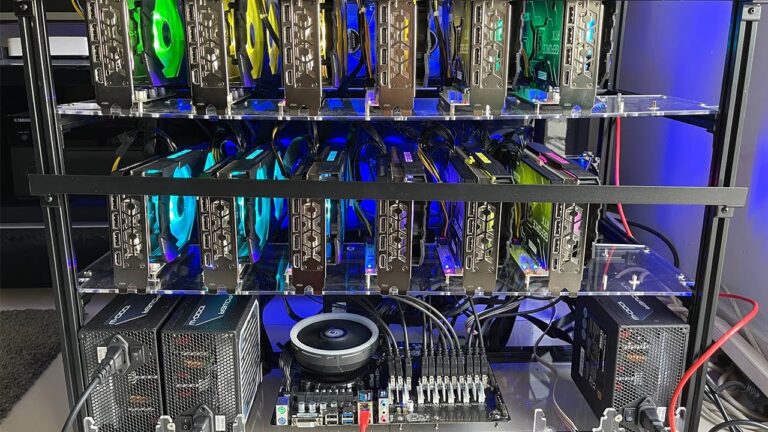Mint, Personal Capital, YNAB, Ace Money .. countless budgeting apps on your phone and computer. If you’d like to get back to the basics, why not use the envelope budget system?
Back in the days, when our grandparents managed their money (and taught us some tricks as well), they didn’t have computers and smartphones, but they did have debt and invoices to pay.
Since most of their money was cache, they had to start organizing it properly in ‘categories’ in order to keep afloat. Envelopes were handy and easy to use.
If you are paid a salary, it’s easier to track your spending and save money, since most of the time you are getting a similar amount of money each month. But, if you are self-employed as I am for instance, it’s very easy to lose track of your spending/earning.
Keeping a strict spending journal might prove tiresome and boring, while saving money is already a challenge in itself. This is why using such a basic system makes a lot of sense.
How to use the Envelope Budget System?
Find out your ‘pain’ budget categories: mortgage, health insurance, groceries, medical bills etc. Create envelopes for each of them and write their names on each.
How much have you budgeted?
If you need $300 for your groceries, put the right amount in the proper envelope. Do the same with your medical bills envelope, insurance and all the others.
Now it gets tricky.
If you are using the envelope budgeting system, you need to abide by the rules.
You will not spend more than budgeted for each category. And you don’t use your medical bills money for gas or the groceries money for anything else.
Just like in other areas of your life, you need to be consistent in your efforts and determined to succeed.
What to do if you fall of the bandwagon?
Try and understand where you were mistaken (maybe you budgeted too little for that category) and prepare to do better on the next month.
If you succeeded to stay on top of your budget, you’ll probably have money left in some envelopes. This is great, you can use it to pay off debt faster for instance or reach other money goals you have set yourself to.
Don’t cheat on your envelope system.
This should be a way for you to curb your spending, save money easier and have a painless money management experience, not to get into more financial trouble.
If you run out of money from your eating out envelope, start cooking at home. It’s easy and way healthier. If you are running out of gas money, limit your trips. Bike to work, carpool.
If there’s some emergency you need to take care of (say your fridge is broken), you should have an emergency fund in place and get money from there.
Envelope budgeting system pros
It’s easier to budget like this. If you stick to your guns and make it work, in time you could stop keeping track of each expense, in an attempt to curb your spending. You’d save money and still be in control.
You don’t need to rely on apps and software. I’m a web designer and love geeky stuff. Yet, in the past years, I became sick of all this technology invading our lives. There are so many budgeting apps, that it gives me a headache deciding on which to use. This is why, the envelope budget system is something I really enjoy.
It will discipline you. The envelope system is so simple and rigid, that you have to abide by its rules to make it work. This helps with self-discipline and we all know it’s a vital quality for someone who wants to be in control over their money.
No fees. No charges. Many apps cost money to install or you have to pay money on a monthly basis. It’s not a lot, but it adds up. Not to mention that, if you overdraft, there are some hefty fees you’ll be charged. Your envelopes are free to use and don’t punish you with huge fees when you make a mistake.
You’ll curb your spending. Nothing works better than having an empty envelope to stop your reckless spending. You can’t get into the ‘negatives’, there’s no overdraft with cash, so in time you’ll spend more carefully. It’s been proven that, when using cash, people tend to spend 10-15% less. It might not seem much, but, just imagine having 10% of your income each year now available to you … it’s quite some money.
You can’t miss payments. The envelope budget system means paying upfront for all your main budget categories, this means you’ll always be on time with your mortgage, insurance, gas and all the other bills. Say goodbye to missed payments.
The envelope budget system cons
You’ll work with cash only. This means getting to the ATM and getting the cash and carrying it with you, when shopping. It’s not as easy as swiping a card, but some people (self-included) actually like it more.
It might be confusing. If you are not clear on your categories, it can become hectic. Say you have separate categories for clothing, detergents and food. And then you go to a huge store and get stuff from each category … what are you going to do? Look at the bill closely and try to figure out each category spending? It might be easier to just have a household category for instance to include all these.
Envelope Budgeting System quick tips
Use it for the categories that are more troublesome.
Mortgage, electricity, groceries, gas etc. You don’t need to use envelopes for everything, if it seems overwhelming, you can start with the categories you need more help with.
Never carry all the cash in a category
Unless you need to buy a big household appliance with the money saved for it, carry a little cash with you. For your weekly groceries, you’ll only need ¼ of your grocery budget, for gas you’ll pay only a tankful etc.
Be flexible
The envelope budgeting system is already pretty strict, don’t be too stiff with it. It’s a system created by you for your needs, so it makes sense to adjust it in time to make the most out of it. Allocate more money to some categories, create new budgeting categories or remove/merge some of them.
Stick to it
Once you were able to make the envelope budget system work for you, stick to it. You’ll notice a huge improvement on your finances after a while. Less spending, more control over your money and more savings.
Have you used the envelope budget system? Do you like it?




